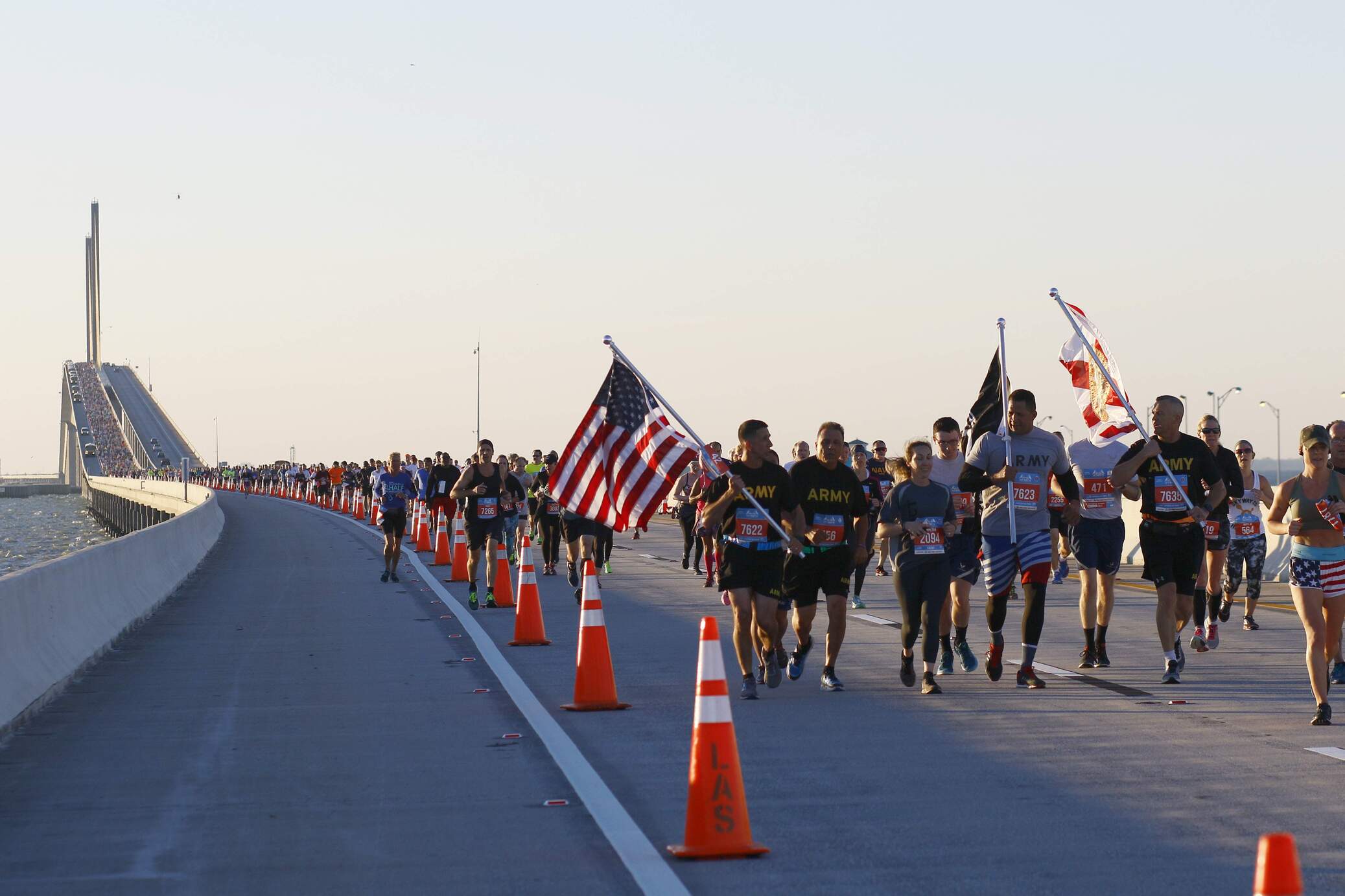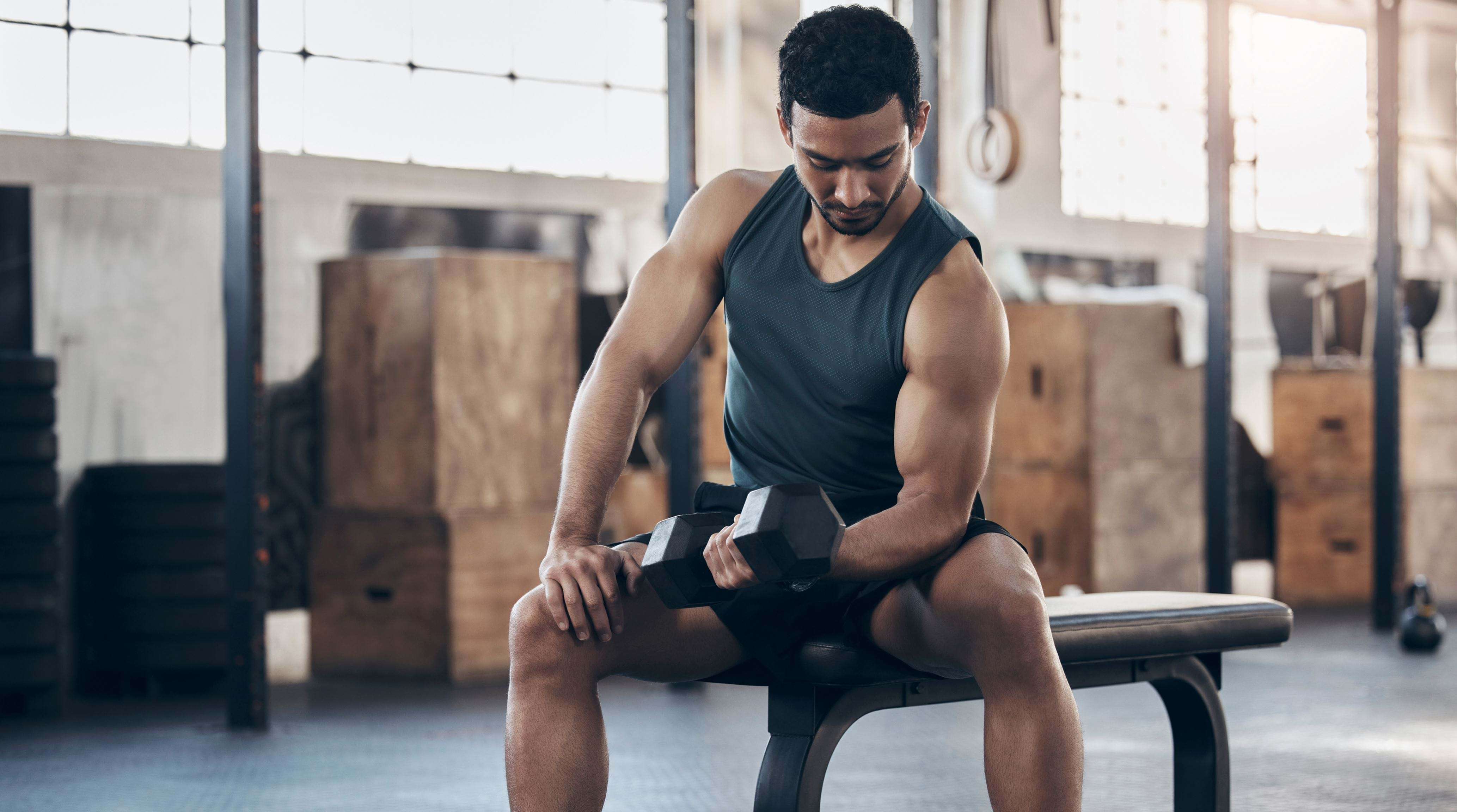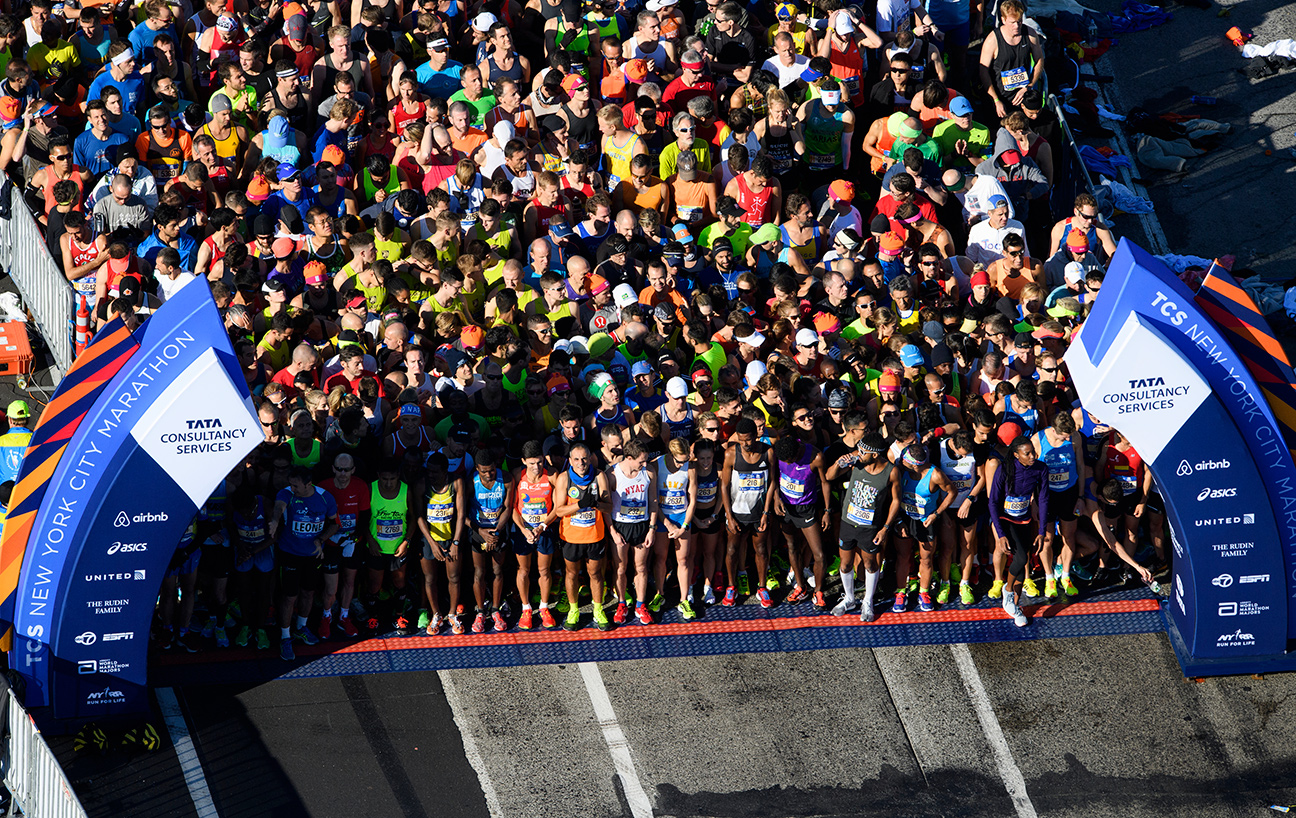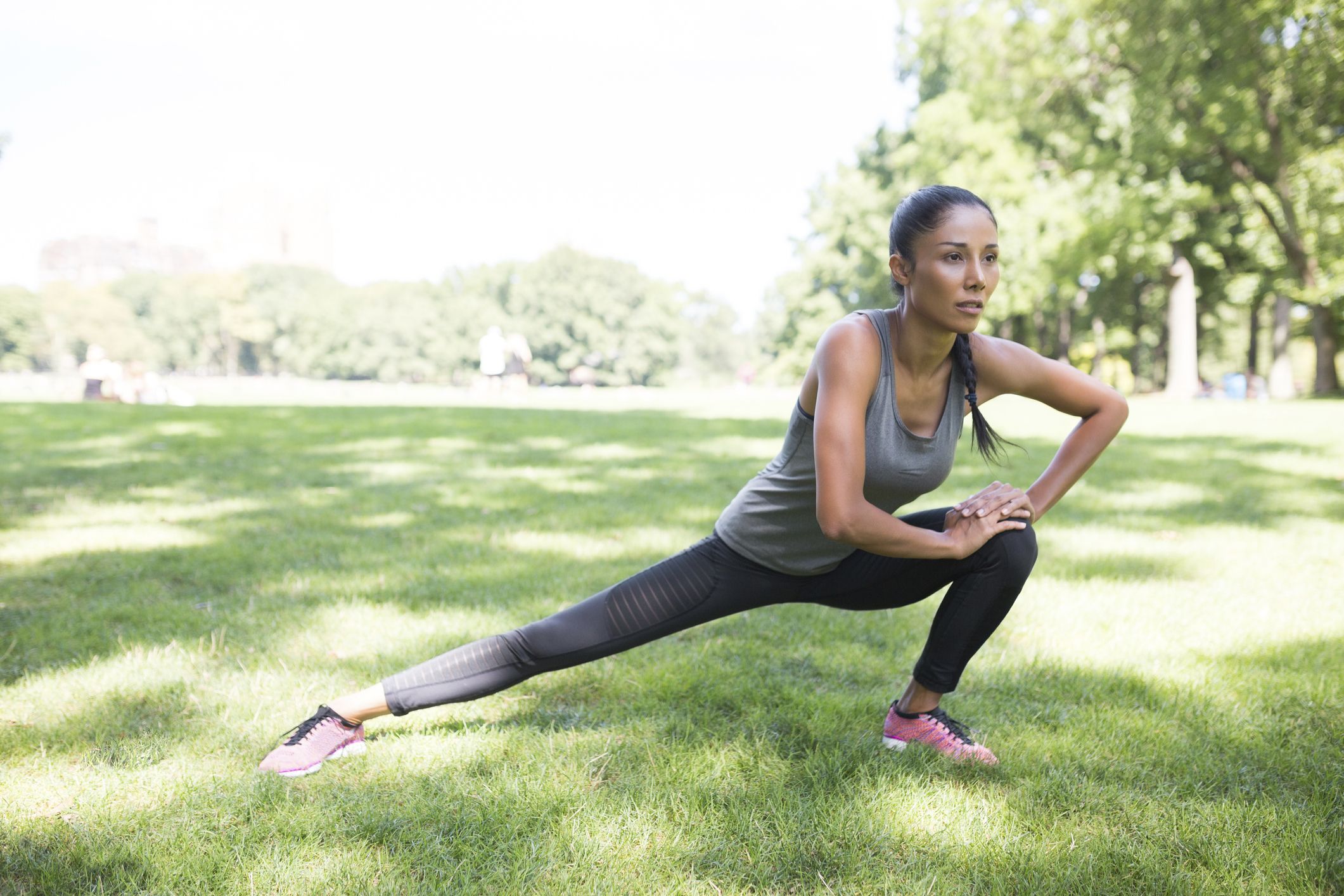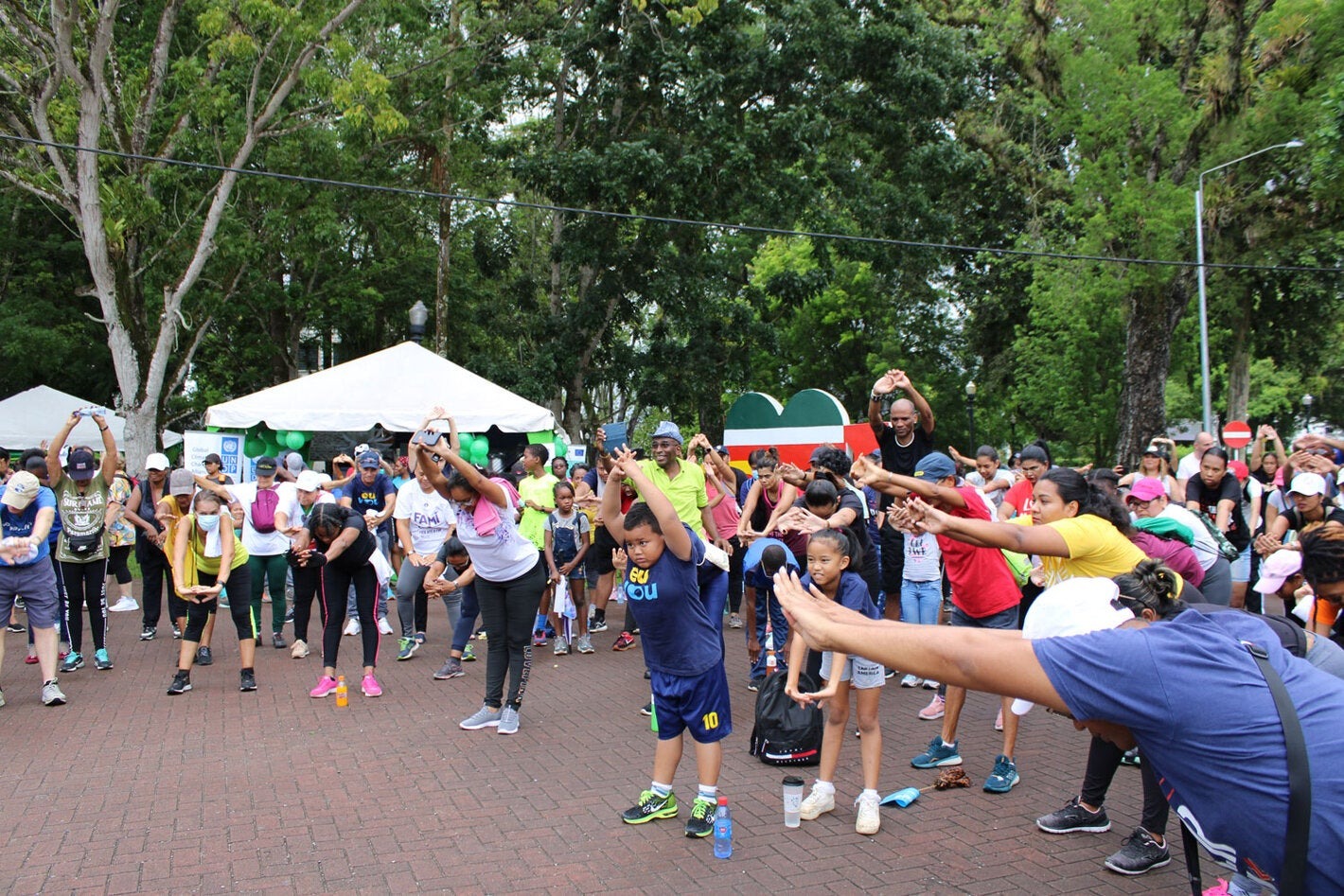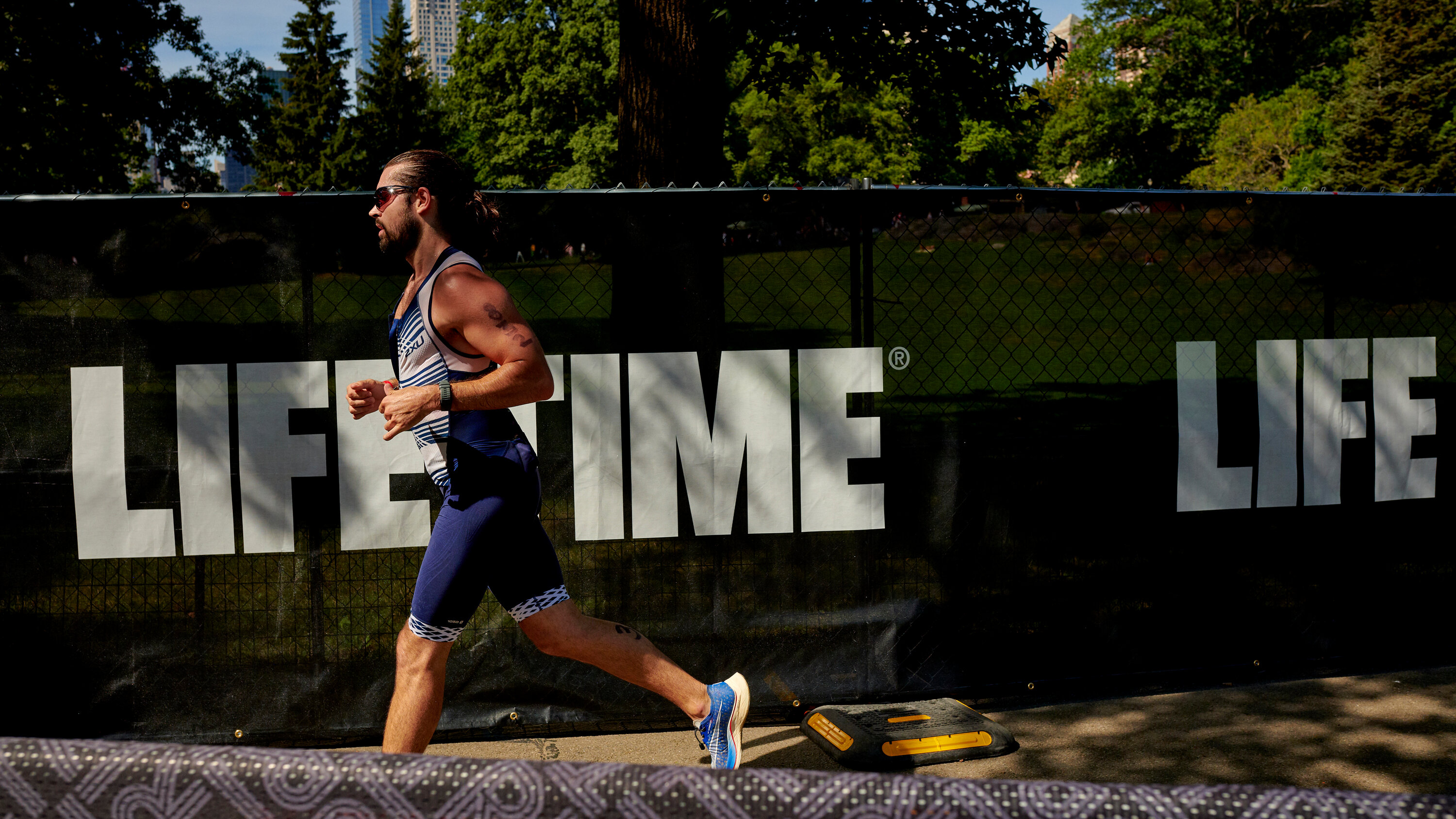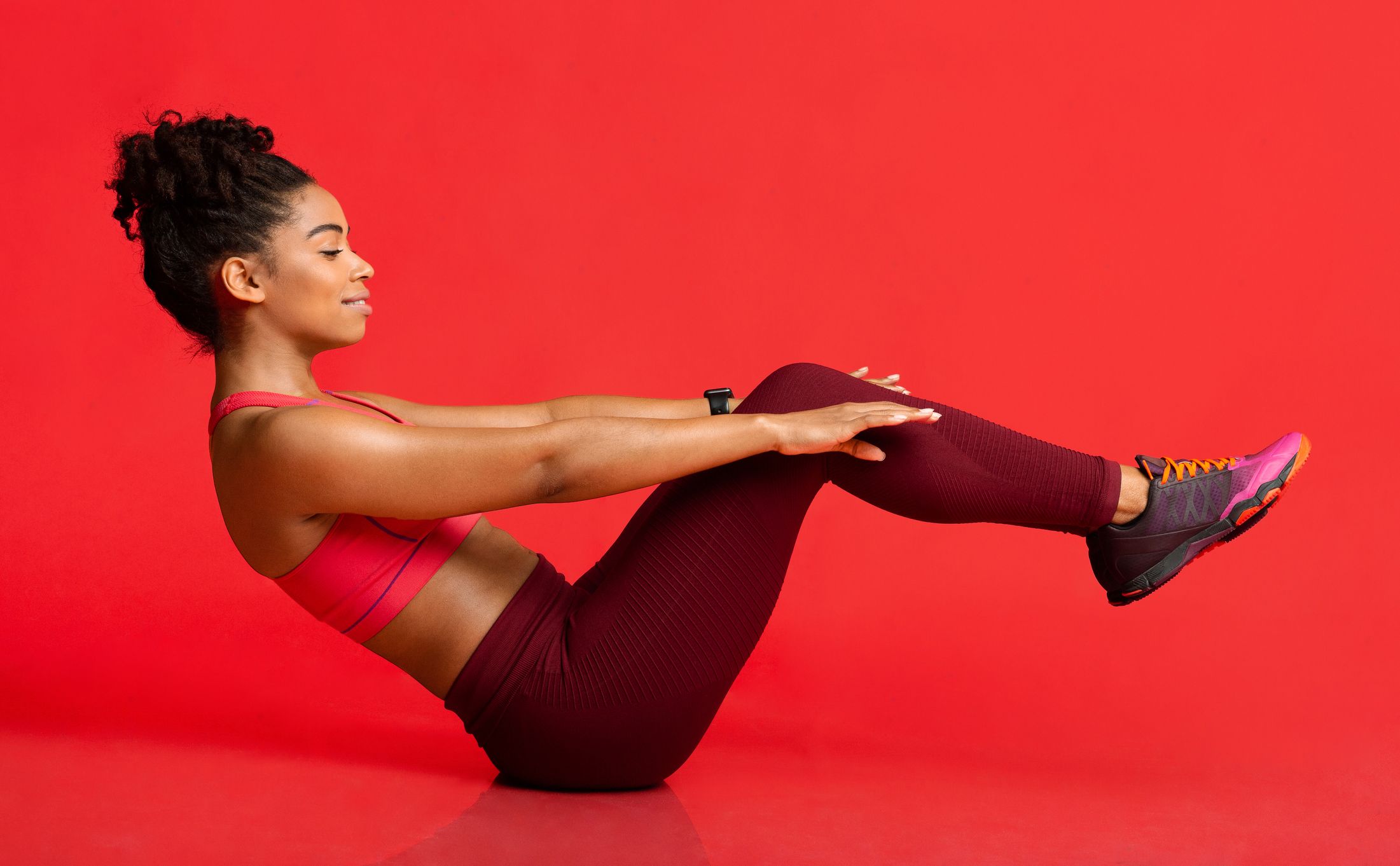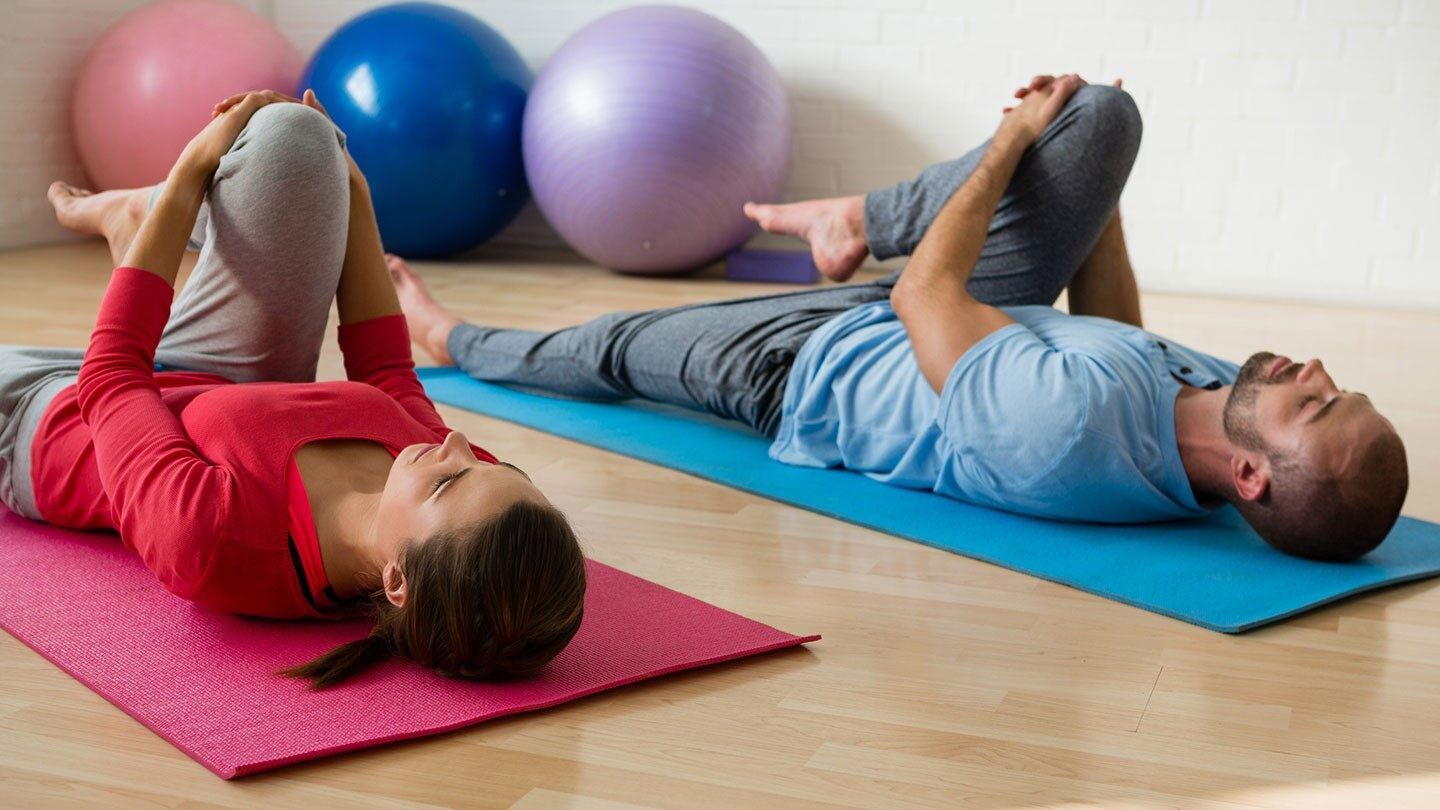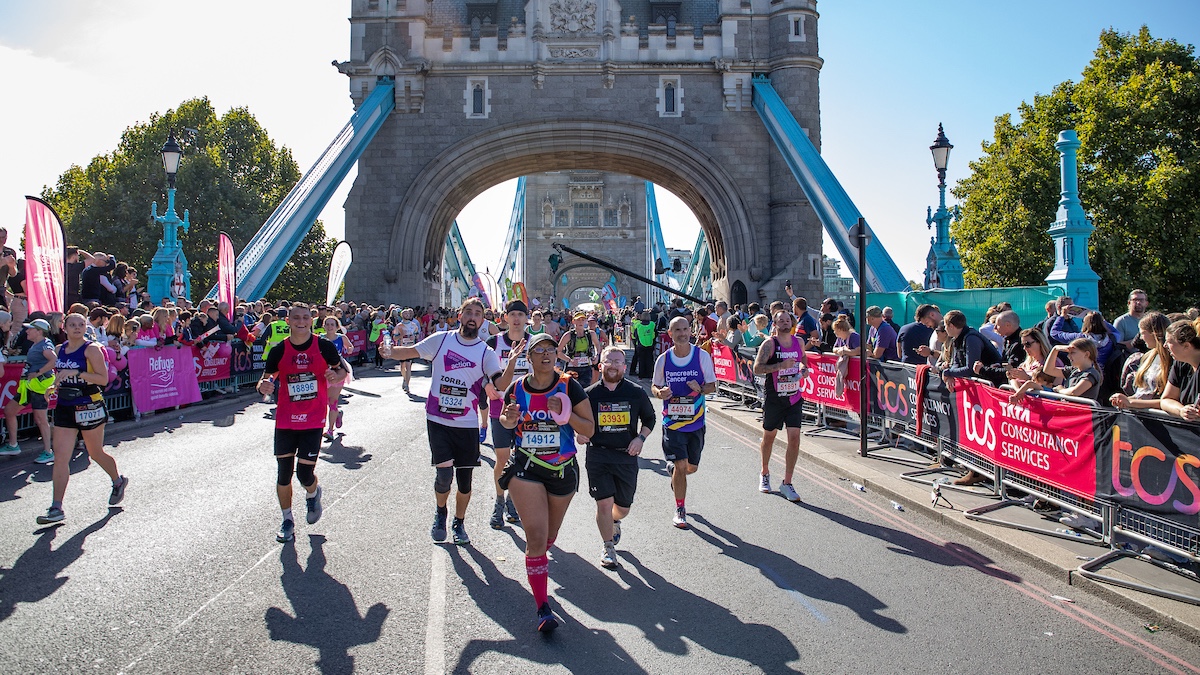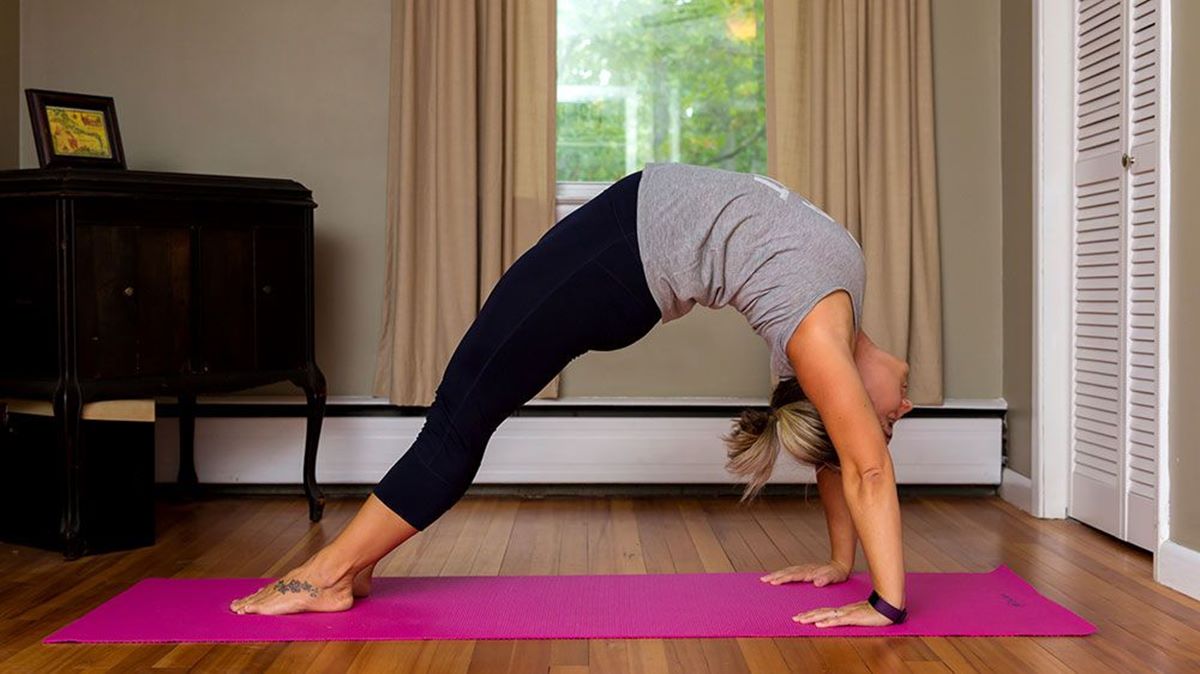

Featured
What Is A Bridge Exercise
Published: September 29, 2023
Discover the benefits of the featured bridge exercise and how it can strengthen your core and improve stability. Learn proper technique and variations.
Introduction
The bridge exercise is a versatile and effective exercise that targets multiple muscle groups in the body while improving stability and strength. Whether you’re a fitness enthusiast looking to enhance your workout routine or someone new to exercise, the bridge exercise is a great addition to any fitness regimen.
Bridge exercises are commonly used in various disciplines like yoga, Pilates, and fitness training, making them accessible to people of all fitness levels. The exercise gets its name from the position of the body as it mimics a “bridge” shape.
In this article, we will explore the benefits of the bridge exercise, the muscles it targets, correct form and variations, common mistakes to avoid, and how to safely incorporate it into your workout routine.
Whether you want to tone your glutes, strengthen your core, or improve your posture, the bridge exercise can help you achieve your fitness goals. So, let’s dive in and discover the numerous benefits and ways to perform this fantastic exercise correctly.
Definition of a Bridge Exercise
The bridge exercise, also known as the hip bridge or glute bridge, is a fundamental bodyweight exercise that targets the muscles of the glutes, hamstrings, and core. It involves lifting the hips off the ground while maintaining a straight line from the shoulders to the knees.
To perform a bridge exercise, start by lying flat on your back with your knees bent and feet flat on the ground. Place your arms by your sides, palms facing down. Engage your core and squeeze your glutes as you slowly lift your hips off the ground, pushing through your heels. Hold the position for a few seconds, then lower your hips back down to the starting position.
The bridge exercise primarily targets the gluteus maximus, the largest muscle in the buttocks. It is responsible for hip extension, which is the movement of the thighs moving backward. By strengthening the gluteus maximus, the bridge exercise can help improve overall hip stability, enhance athletic performance, and alleviate lower back pain.
In addition to targeting the glutes, the bridge exercise also engages the hamstrings, which are the muscles located on the back of the thighs. These muscles assist in hip extension and work in conjunction with the glutes to stabilize the hips during movement.
Moreover, the bridge exercise activates the core muscles, including the rectus abdominis, obliques, and transverse abdominis. These muscles help stabilize the spine and maintain proper alignment throughout the exercise, contributing to improved posture and overall core strength.
The bridge exercise can be modified to target specific muscle groups or to increase or decrease the intensity of the exercise. By incorporating variations and progressions, you can continue challenging your muscles and avoid plateaus in your fitness journey.
Now that we have a clear understanding of what a bridge exercise is and its primary targets let’s dive into the numerous benefits that it offers.
Benefits of Bridge Exercise
The bridge exercise offers a wide range of benefits for both the body and mind. Incorporating this exercise into your fitness routine can have a positive impact on your overall strength, stability, and well-being.
1. Strengthening the Glutes: The bridge exercise is renowned for targeting and strengthening the glute muscles, specifically the gluteus maximus. A strong and toned gluteus maximus not only enhances your aesthetic appearance but also plays a vital role in various functional movements, such as walking, running, and lifting objects.
2. Improving Core Stability: The bridge exercise engages the core muscles, including the rectus abdominis and obliques. By stabilizing the spine and promoting proper alignment, the bridge exercise helps improve overall core stability and strength. This, in turn, can enhance your performance in other exercises and daily activities.
3. Enhancing Hip Mobility: The bridge exercise promotes hip mobility and flexibility, as it requires the hip joint to move through its full range of motion. Over time, regularly performing the bridge exercise can improve hip flexibility, allowing for better movement and reducing the risk of injuries.
4. Relieving Lower Back Pain: The bridge exercise targets the glutes and core, which are essential for maintaining proper posture and spinal alignment. Strengthening these muscle groups can reduce stress on the lower back, alleviate pain, and prevent future discomfort or injuries.
5. Improving Posture: As the bridge exercise strengthens the core muscles and promotes proper alignment, it can have a positive impact on your posture. By improving muscle balance and alignment, the bridge exercise helps counteract the effects of prolonged sitting and promotes a taller, more upright posture.
6. Enhancing Athletic Performance: The bridge exercise is a functional movement that mimics the hip extension pattern utilized in many athletic activities, such as running, jumping, and squatting. By improving hip strength and stability, the bridge exercise can enhance your performance in various sports and physical activities.
7. Boosting Overall Strength and Stability: The bridge exercise is a compound exercise that targets multiple muscle groups simultaneously. By working the glutes, hamstrings, and core, it provides a comprehensive strength and stability training stimulus for the entire body.
8. Mental Benefits: Exercise, including the bridge exercise, has been shown to have numerous mental health benefits. It can help reduce stress, improve mood, increase self-esteem, and contribute to overall well-being.
Now that we understand the benefits of the bridge exercise, let’s explore the specific muscles targeted during this exercise.
Muscles Targeted in a Bridge Exercise
The bridge exercise is a compound movement that targets multiple muscle groups in the body. Understanding the specific muscles engaged during this exercise can help you better comprehend its effectiveness and tailor your workout routine accordingly.
1. Gluteus Maximus: The bridge exercise primarily targets the gluteus maximus, which is the largest muscle in the buttocks. This muscle plays a crucial role in hip extension, allowing you to move your thighs backward. By strengthening the gluteus maximus, you can improve your overall hip stability, power, and athletic performance.
2. Hamstrings: The bridge exercise also engages the hamstrings, a group of muscles located on the back of the thighs. These muscles work in conjunction with the glutes to assist in hip extension and stabilization. Strengthening the hamstrings can enhance lower body strength, prevent imbalances, and reduce the risk of lower back pain.
3. Core Muscles: The bridge exercise activates the core muscles, including the rectus abdominis (six-pack muscles), obliques, and transverse abdominis (deep core muscles). These muscles help stabilize the spine and maintain proper alignment during the exercise. Strengthening the core muscles through bridge exercises can improve posture, stability, and overall functional strength.
4. Erector Spinae: The erector spinae muscles, located on either side of the spine, are also engaged during the bridge exercise. These muscles assist in maintaining the upright position of the spine and contribute to overall back strength and stability. Strengthening the erector spinae muscles can help alleviate lower back pain and improve posture.
5. Quadriceps: While not the primary target, the quadriceps muscles located on the front of the thighs are also activated during the bridge exercise. These muscles assist in knee extension and work synergistically with the glutes and hamstrings to stabilize the hips and promote efficient movement.
6. Calves: The calf muscles, specifically the gastrocnemius and soleus muscles, play a supportive role in the bridge exercise. These muscles assist in maintaining balance and stability during the movement.
By engaging these key muscle groups, the bridge exercise provides a comprehensive workout for the lower body and core, leading to enhanced strength, stability, and overall physical fitness.
Now that we have a clear understanding of the muscles targeted in the bridge exercise, let’s delve into the correct form and technique for performing this exercise.
How to Perform a Bridge Exercise Correctly
To maximize the benefits of the bridge exercise and ensure that you are performing it safely and effectively, it’s important to follow the proper form and technique. Here is a step-by-step guide on how to perform a bridge exercise correctly:
- Starting Position: Start by lying flat on your back on a mat or a comfortable surface. Bend your knees and place your feet flat on the ground, hip-width apart. Keep your arms by your sides, palms facing down.
- Engage Core and Squeeze Glutes: Before initiating the movement, engage your core muscles by drawing your belly button towards your spine. Squeeze your glutes to activate the muscles in your buttocks.
- Lift Hips and Maintain Alignment: Press through your heels and slowly lift your hips off the ground by pushing your glutes towards the ceiling. Maintain a straight line from your shoulders to your knees, forming a bridge with your body.
- Hold and Squeeze: Pause at the top of the movement and squeeze your glutes for a couple of seconds. This will intensify the activation of the targeted muscle groups.
- Lower Hips with Control: Slowly lower your hips back down to the starting position, maintaining control and engaging your muscles throughout the descent.
- Repeat: Perform the desired number of repetitions, aiming for quality over quantity. Focus on maintaining proper form and engaging the target muscles throughout the entire exercise.
It’s important to note that during the bridge exercise, you should avoid overarching your lower back or lifting your hips too high, as this can lead to excessive strain on the spine. Instead, aim to maintain a neutral spine and engage your core to stabilize the movement.
Remember to breathe smoothly and naturally throughout the exercise, inhaling during the lowering phase and exhaling during the lifting phase. This will help you maintain focus and control.
If you’re new to the bridge exercise, start with a few repetitions and gradually increase the intensity and volume as your strength and stability improve. You can also modify the exercise by using a stability ball, resistance bands, or adding single-leg variations to increase the challenge.
Now that you know how to perform a bridge exercise correctly, let’s explore some variations to keep your workouts engaging and challenging.
Variations of the Bridge Exercise
The bridge exercise offers various variations that can spice up your workout routine and target different muscle groups. Incorporating these variations will add variety and challenge to your training, helping you progress towards your fitness goals. Here are some variations of the bridge exercise:
- Single-Leg Bridge: Elevate one leg off the ground while performing the bridge exercise. This variation increases the intensity and engages your glutes and hamstrings more intensely on the working leg.
- Bridge with Marching: Lift one leg off the ground, then alternate lifting the opposite leg, mimicking a marching motion. This variation further challenges your core stability and coordination.
- Bridge with Ball Squeeze: Place a small exercise ball or yoga block between your knees and squeeze it throughout the bridge exercise. This variation increases the activation of the inner thigh muscles (adductors) and enhances overall stability.
- Bridge with Dumbbells or Resistance Bands: Hold a pair of dumbbells or attach a resistance band around your thighs to add resistance and increase the difficulty of the exercise. This variation targets the glutes and hamstrings more effectively.
- Bridge with Hip Abduction: Perform a standard bridge exercise, then lift the leg out to the side while maintaining the bridge position. This variation activates the gluteus medius, a muscle located on the outer side of the buttocks, which aids in hip stability and balance.
- Advanced Bridge Exercise: Once you have mastered the basic variations, you can progress to more advanced bridge exercises, such as the single-leg elevated bridge or the bridge with hip thrusts. These exercises require more strength and stability, providing an additional challenge to your workout.
It’s essential to choose variations that suit your fitness level and goals. Start with the basic bridge exercise and gradually incorporate the variations, ensuring that you maintain proper form and engage the targeted muscle groups effectively.
Remember to listen to your body and add variety to your workouts to keep them fun and engaging. By incorporating these bridge exercise variations, you can continue challenging your muscles and avoid hitting a plateau in your fitness journey.
Now that we have explored the variations of the bridge exercise, let’s discuss some common mistakes to avoid while performing this exercise to ensure safety and effectiveness.
Common Mistakes to Avoid While Doing Bridge Exercise
While the bridge exercise is a highly effective and beneficial movement, it is essential to perform it correctly to avoid potential injury and maximize its benefits. Here are some common mistakes to avoid while doing the bridge exercise:
- Arching the Lower Back: One common mistake is arching the lower back excessively during the bridge exercise. This can put excessive strain on the spine and lead to lower back discomfort or injury. Remember to engage your core, tuck your tailbone slightly, and maintain a neutral spine throughout the movement.
- Lifting Hips Too High: Lifting the hips too high during the bridge exercise can also compromise form and reduce the effectiveness of the exercise. Aim to lift your hips to a position where your body forms a straight line from shoulders to knees. Avoid hyperextending the hips or over-activating the lower back muscles.
- Not Engaging the Glutes: The bridge exercise primarily targets the glutes, so it’s crucial to engage these muscles properly. Focus on squeezing your glutes as you lift your hips off the ground and hold the contraction at the top of the movement. This will ensure that the glutes are activated and working effectively.
- Allowing the Knees to Cave In: Allowing your knees to cave inwards during the bridge exercise can put stress on the knees and reduce the activation of the targeted muscle groups. Instead, aim to keep your knees in line with your hips and feet throughout the movement. You can use a resistance band around your thighs to help maintain proper alignment.
- Rushing the Movement: It’s important to perform the bridge exercise with control and intention. Avoid rushing through the movement or using momentum to lift your hips. Focus on the contraction of the glutes and maintain a slow and controlled pace to ensure maximum muscle engagement.
- Not Breathing Properly: Breathing plays a critical role in any exercise. It is common for individuals to hold their breath or take shallow breaths during the bridge exercise. Remember to breathe naturally and consistently throughout the entire movement. Inhale during the lowering phase and exhale as you lift your hips, maintaining a steady rhythm.
By avoiding these common mistakes and focusing on proper form and technique, you can perform the bridge exercise safely and effectively, ensuring maximum benefits and minimizing the risk of injury.
Now that you are aware of the common mistakes to avoid, let’s explore some precautions and tips to keep in mind while performing the bridge exercise.
Precautions and Tips for Doing Bridge Exercise Safely
While the bridge exercise is generally safe and suitable for most individuals, it’s important to take certain precautions and follow these tips to ensure that you perform it safely and effectively:
- Warm-Up: Always begin your exercise routine with a proper warm-up to prepare your muscles and joints for physical activity. Incorporate dynamic stretches and light cardio exercises to increase blood flow and warm up the body.
- Proper Alignment: Maintain proper alignment throughout the bridge exercise. Keep your shoulders, hips, and knees in line and avoid excessive arching of the lower back. Engage your core muscles to stabilize the movement and protect your spine.
- Start with the Basic Variation: If you’re new to the bridge exercise or have any pre-existing conditions or injuries, it’s advisable to start with the basic variation before progressing to more challenging variations. Focus on mastering the proper form and technique before incorporating modifications.
- Listen to Your Body: Pay attention to your body and listen to any signals it may give you during exercise. If you feel pain or discomfort in any particular area, modify the movement or stop the exercise altogether. It’s important to prioritize your safety and well-being.
- Breathe Properly: Remember to breathe naturally and rhythmically throughout the bridge exercise. Avoid holding your breath or taking shallow breaths. Inhale during the lowering phase and exhale as you lift your hips, maintaining a steady and controlled breathing pattern.
- Progress Gradually: As with any exercise, it’s important to progress gradually and avoid overexertion. Increase the intensity, duration, or resistance of the bridge exercise gradually over time to challenge your muscles and avoid plateauing, but always within your comfort level.
- Use Proper Equipment (if applicable): If you choose to incorporate additional equipment like resistance bands or dumbbells, ensure that they are in good condition and properly secured. Follow the instructions provided for safe and effective use of the equipment.
- Hydrate and Rest: Stay hydrated before, during, and after your workout. Take breaks when needed, and allow your body adequate time to rest and recover between exercise sessions. This will help prevent fatigue and reduce the risk of injury.
Remember, everyone’s fitness level and capabilities are unique. It’s important to consult with a healthcare professional or a qualified fitness trainer if you have any specific concerns or medical conditions before starting any new exercise program.
By following these precautions and tips, you can ensure that you perform the bridge exercise safely, minimize the risk of injury, and maximize the benefits for your body.
Now that we have covered the precautions and tips, let’s explore how you can incorporate the bridge exercise into your regular workout routine.
Incorporating Bridge Exercise into a Workout Routine
The bridge exercise is a versatile movement that can be easily incorporated into your regular workout routine. Whether you’re following a specific training program or looking to add variety to your exercise regimen, here are some tips on how to include the bridge exercise effectively:
- Frequency: Aim to perform the bridge exercise at least 2-3 times per week to see noticeable improvements in strength and muscle tone. You can gradually increase the frequency as your fitness level progresses.
- Sequence: Consider where the bridge exercise fits best in your current workout routine. It can be performed at the beginning as part of your warm-up to activate the glutes and core muscles. Alternatively, you can include it in the middle or towards the end of your workout session to target specific muscle groups and enhance overall stability.
- Volume and Intensity: Start with 2-3 sets of 10-15 repetitions of the basic bridge exercise and gradually increase the volume and intensity over time. As you get stronger, you can add variations or incorporate resistance bands or weights to challenge your muscles further.
- Superset or Circuit Training: To add variety and boost the intensity of your workout, consider supersetting the bridge exercise with other lower body or core exercises. This can be done by alternating between different exercises with minimal to no rest in between. Circuit training, incorporating the bridge exercise along with other exercises, can provide a full-body workout while improving cardiovascular fitness.
- Progression: As you become more comfortable with the bridge exercise, aim to progress to more challenging variations or increase the duration of each repetition. This will help keep your muscles engaged and prevent stagnation in your fitness journey.
- Active Rest: Incorporate the bridge exercise during your rest periods between other exercises. This allows you to maximize your workout time by targeting multiple muscle groups simultaneously and keeping your heart rate elevated.
- Stretching: After completing your bridge exercise, incorporate stretching exercises targeting the glutes, hip flexors, and hamstrings. This will help improve flexibility and prevent muscle imbalances.
- Listen to Your Body: Every individual is unique, and it’s important to listen to your body’s needs and adjust your workout routine accordingly. If you experience any pain or discomfort, modify the exercise or seek guidance from a fitness professional.
Remember to personalize your workout routine based on your fitness goals, preferences, and limitations. Gradually progress and challenge yourself, but always prioritize safety and listen to your body’s cues.
Now that you have gained an understanding of how to incorporate the bridge exercise into your workout routine, let’s wrap up and summarize what we have covered.
Conclusion
The bridge exercise is a versatile and effective movement that targets multiple muscle groups, improves stability, and enhances overall strength. By incorporating the bridge exercise into your regular workout routine, you can experience a wide range of benefits, including stronger glutes, improved core stability, enhanced posture, and reduced lower back pain.
To perform the bridge exercise correctly, remember to engage your core, squeeze your glutes, and maintain proper form. Avoid common mistakes such as arching the lower back or lifting the hips too high. By following the precautions and tips provided, you can ensure a safe and effective workout.
There are various variations of the bridge exercise that can add variety and challenge to your routine. Start with the basic bridge exercise and gradually progress to more advanced variations based on your fitness level and goals.
When incorporating the bridge exercise into your workout routine, consider the frequency, volume, and intensity that works best for you. You can include it as part of a warm-up, in superset or circuit training, or during active rest periods. Remember to listen to your body, progress gradually, and modify as needed.
With consistency and proper execution, the bridge exercise can contribute to improved strength, stability, and overall fitness. So, give it a try and experience the transformative benefits it offers.
Now that you’re equipped with the knowledge and understanding of the bridge exercise, it’s time to incorporate it into your workouts and take your fitness journey to new heights.
